Mount Bandai, in its current form, was born in 1888 when the old volcano erupted and birthed the three-peak mountain. The beauty of Mount Bandai continually draws in many visitors wanting to walk on its many hiking trails.
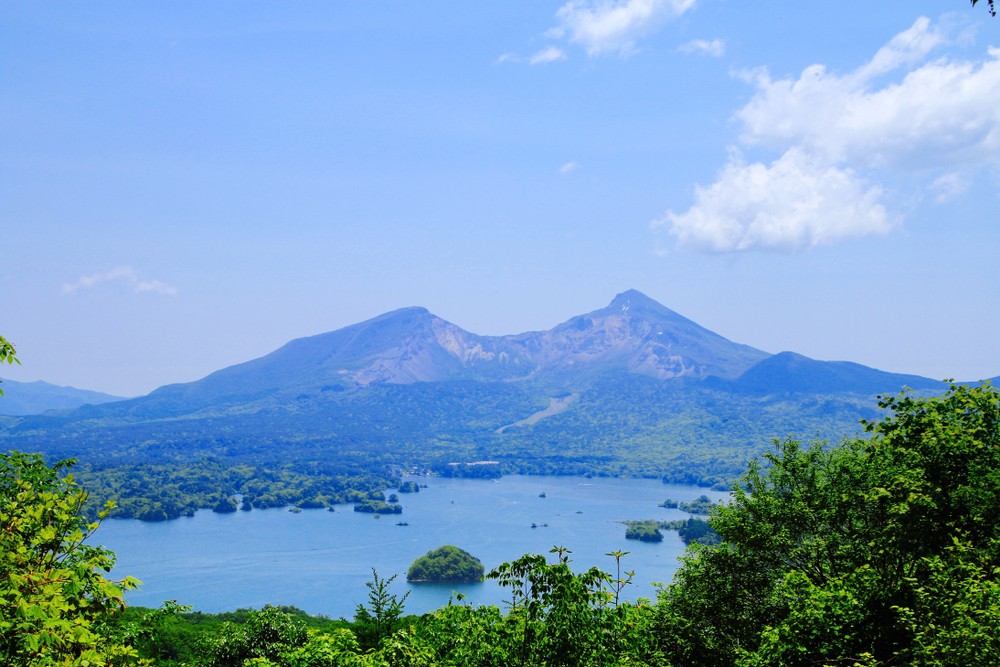
Information on Mount Bandai
Mount Bandai is an active stratovolcano that has been voted as one of the hundred most famous mountains in Japan. It used to resemble the famous Mount Fuji before the eruption of 1888 changed it, and the landscape around it, forever.
The largest peak, named Bandai is located 1,819 meters above sea level. The next highest peak, Kushigamine, is situated at 1,636 meters, with the lowest, Akahani, at 1,430 meters above sea level.
Originally, Mount Bandai was named Mount Iwahashi, which, translated from Japanese, means “a rock ladder to the sky” in English. The range of peaks are located in the Bandai-Asahi National Park and are part of the Bandai-Azuma skyline.
When visiting the area make sure to be aware of local warnings. In late 2018, the area was designated as a no-go zone due to the volcanic activity bubbling under the surface. If you’re looking to visit Mount Bandai, pay attention to news about the situation.
Mount Bandai Eruption of 1888
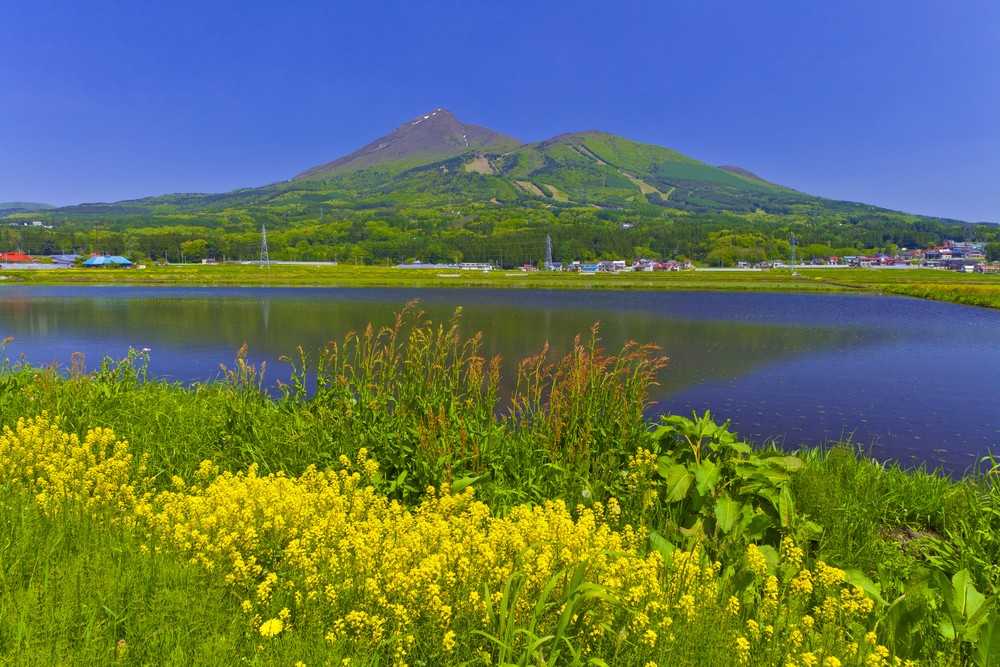
The Mount Bandai eruption of 1888 was devastating to the local area. Before the eruption, the mountain looked more like the cone-shaped Mount Fuji, but the explosion caused the peak to break into three and left standing is what you can see today.
July 15th, 1888 is when the event occurred and was the first major natural disaster of the Meiji Government. Their response to the disaster helped the government win over the hearts of the people of the Aizu area who had just been at war with the newly formed government.
The eruption buried many towns and villages and killed over 450 people. Lakes were formed in the aftermath of the devastation, submerging towns. One of these towns is at the bottom of Lake Hibara, of which gets its name from the town that lives under the waves.
Mount Bandai Hike Trails
Going for a Mount Bandai hike is one of the most popular activities of the area. With seven different routes, starting from different location, you’re not short of ways to explore the mountainous region. The trails range from two hours to four hours and can take you are far as seven kilometers away from where you start.
From the main road, the Happoudai mountain entrance route is the easiest trail to go on. A majority of climbers use this route up the mountain as there is many interesting spots to see as you walk up it. One the way up, you’ll be able to visit an abandoned rest stop, a hot spring foot bath, which is great way to rest on the two-hour trip.
Population Next to the Mount Bandai
The population next to the Mount Bandai are mostly situated in the cities of Aizu-Wakamatsu and Inawashiro. Formed from the eruption in 1888, the Urabandai area was formed and has become home to Kitashiobara village.
Inawashiro is located near the base of Mount Bandai and on the clear Lake Inawashiro. There are many activities you can do on the heavenly mirror lake of Lake Inawashiro, including renting a canoe or taking Instagram worthy photos.
All over these cities are hot spring resorts and onsen using the ground water heated from the volcanic activity in the area. The biggest of these is the Urabandai Lake Resort on the lakeside. As an ex-Hoshino resort, Urabandai Lake Resort has a myriad of facilities to make your stay in the region a wonderful one.
Spot information
- Spot name: Urabandai Lake Resort
- Street address: 1171-1 Yudairayama, Hibara, Kitashiobara, Fukushima 969-2701
- Access: A free shuttle bus service to and from Inawashiro Station is provided
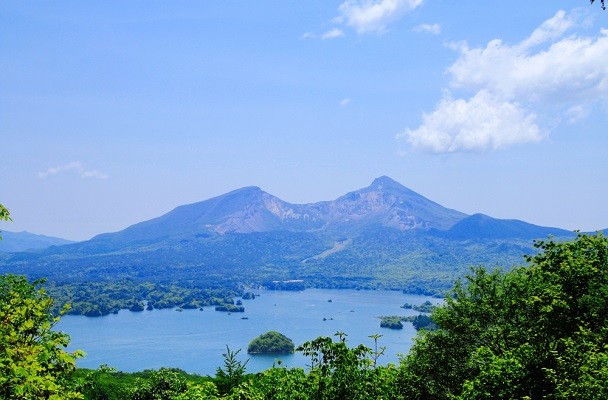

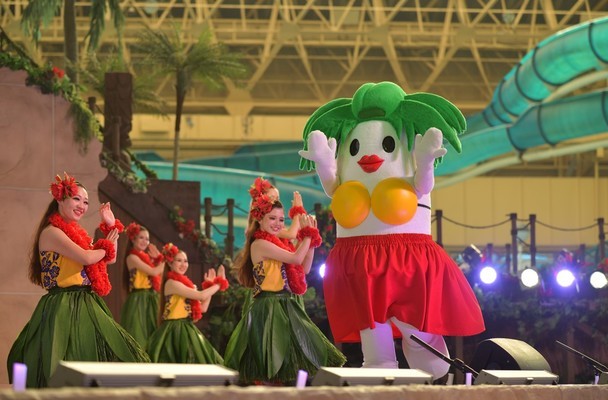
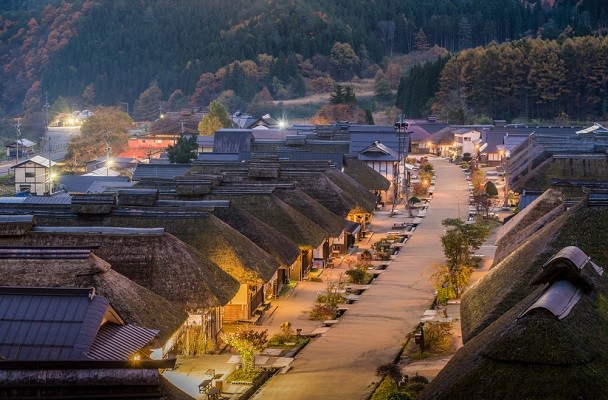
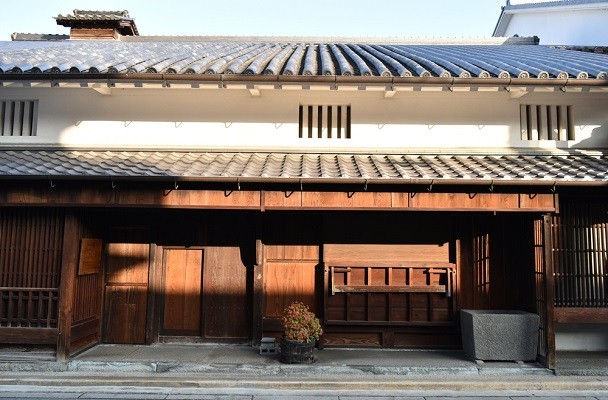
Comments